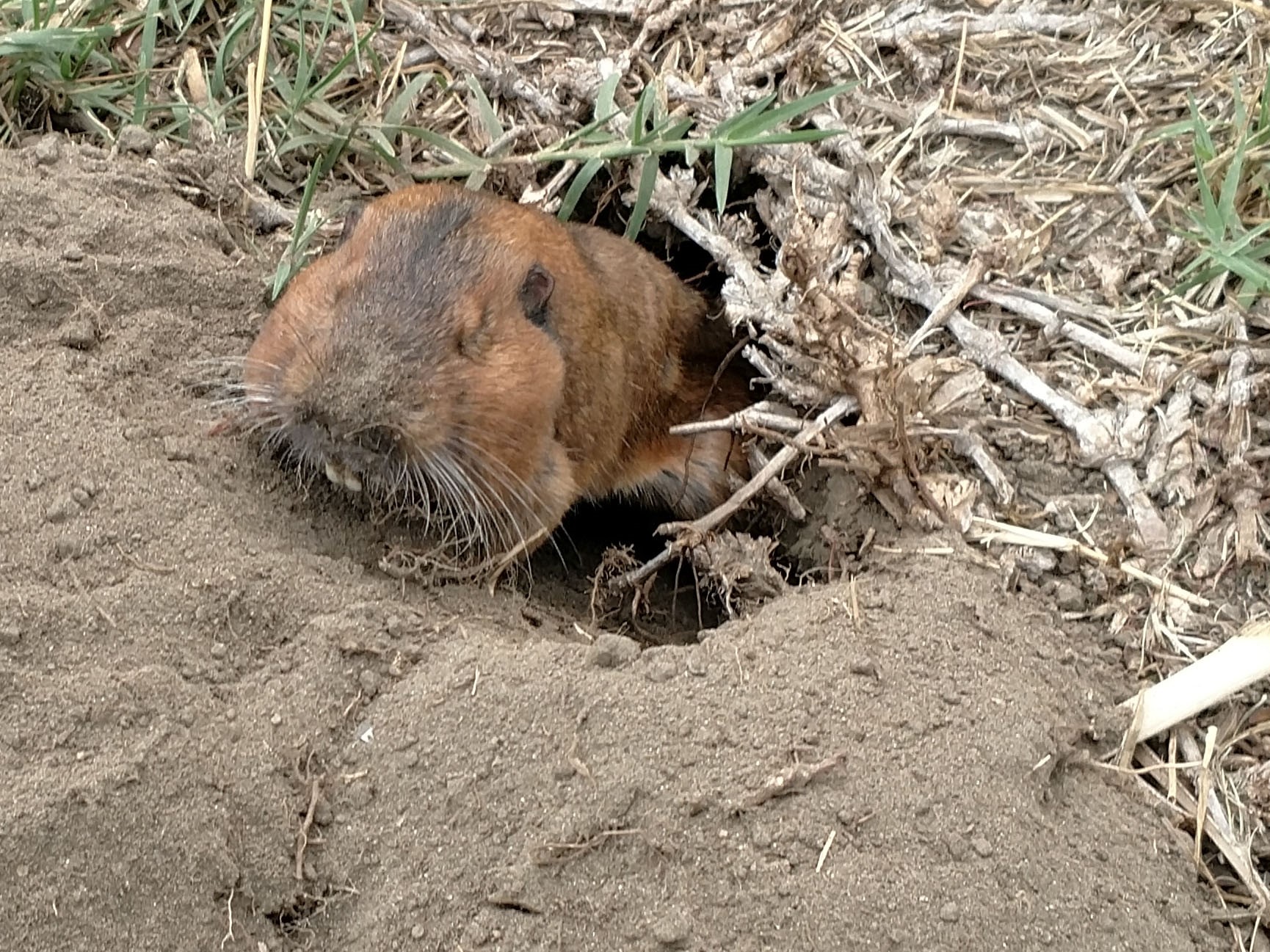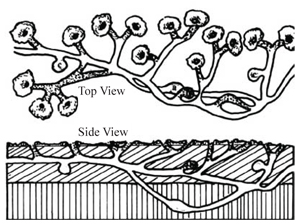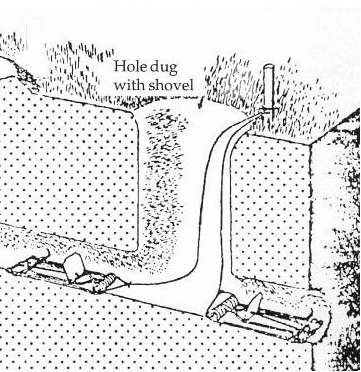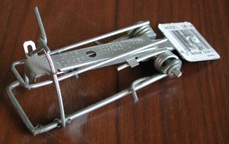 Managing Pocket Gophers - January 20, 2021 Jeff Schalau, Agent, Agriculture & Natural Resources University of Arizona Cooperative Extension, Yavapai County Pocket gophers (Thomomys spp.) are beneficial to wildland ecosystems because they loosen soils increasing water infiltration, transporting beneficial soil microbes and are prey for other wildlife. Pocket gophers can also be very destructive when they venture into gardens, orchards, and landscapes. Their activity always increases during fall and spring this author believes they are the most destructive of our local wildlife species. Young are also born in spring and, once they are a few months old, they leave their mother’s burrow system and establish their own territories. To successfully manage pocket gophers, you should learn about their behavior and quickly respond when they are approaching areas where serious damage could occur. Some people mistakenly think they have moles. However, moles are not known to exist in Arizona. Pocket gopher activity can be recognized by the fan-shaped mounds of loose soil they create when they push soil out of their burrow system. The soil mound will also have a smaller plug of loose soil in the center or to one side of it marking where the burrow has been closed off. An open gopher burrow indicates the gopher is actively digging and has not yet plugged to opening. Pocket gopher burrow systems can be very extensive, especially in areas where they have been present for long periods. Pocket gophers are not protected under Arizona Law and may be controlled freely on private property. Trapping is the most effective pocket gopher control strategy for home gardeners. A minimum of two traps is most desirable. I prefer the wire body gripping traps. However, there are several other designs available. The two traps should have a two-foot piece of wire tied to each of them and both connected to a single wooden or steel stake. I also recommend using a steel probe to aid in locating burrows. To set traps, locate the area of recent activity (freshly excavated soil). The mounds will be connected to lateral tunnels that connect to a main tunnel. You can determine which direction the lateral tunnel goes by looking at the fan of loose soil. This is where the gopher pushed the soil above ground. The small plug will be where the burrow begins. However, these lateral tunnels are often backfilled with soil for a foot or so. Using your probe, follow the lateral back to the intersection where the lateral joins the main tunnel. After you think you’ve located the main tunnel, dig a hole to expose it. Practice setting the traps to become familiar with them. Once you are comfortable setting the traps, use a spoon or trowel to clean out and expose each entrance of the burrow. Set a trap and carefully insert it all the way into one tunnel entrance while holding the trigger to prevent it from deploying. Do the same in the other tunnel. Cover the exposed tunnels completely so that air drafts are eliminated. Pocket gophers will often push soil into the trap if they detect air movement. After setting traps, kick over all fresh soil mounds in the area so any new activity can be detected. By setting traps in the main tunnel near the most recent activity, you will have the greatest probability of trapping the gopher as it travels through the burrow system. Researchers have found baiting traps does not increase trapping success. Check your traps each day and reset them if you are not successful. After a few days, you may need to relocate the traps to an area with more recent activity. If you catch one gopher per burrow system, you have probably taken care of the problem for that localized area. Gophers are solitary except when they are breeding or nursing young. Continue to trap until you no longer see new mounds then do your best to collapse or obliterate existing tunnels to prevent re-colonization from adjacent areas. Over time, your trapping success rate should improve as you learn by trial and error. There are other methods of gopher control (toxicants, flooding, exclusion, natural enemies, habitat modification, weed control, etc.). These may also be employed in larger areas or in agricultural settings. Repellents and scaring devices are generally ineffective. Additional photos and references are included below. You can follow the Backyard Gardener on Twitter – use the link on the BYG website. If you have other gardening questions, email the Master Gardener Help Desk in Prescott (prescottmg@gmail.com) or Camp Verde (verdevalleymg@gmail.com) and be sure to include your name, location, and phone number. Find past Backyard Gardener columns or provide feedback at the Backyard Gardener web site: https://cals.arizona.edu/yavapai/anr/hort/byg/. Images  Pocket gopher (Thomomys spp.) digging a burrow (Photo by Jeff Schalau, University of Arizona).
Pocket gopher (Thomomys spp.) digging a burrow (Photo by Jeff Schalau, University of Arizona). Diagram showing a schematic of a pocket gopher burrow.  Diagram showing the main burrow tunnel and where traps should be placed before backfilling.  Wire gopher trap (Photo by Jeff Schalau, University of Arizona). Additional Resources Pocket Gophers University of California Integrated Pest Management ipm.ucanr.edu/PMG/PESTNOTES/pn7433.html Managing Pocket Gophers Colorado State University Extension extension.colostate.edu/topic-areas/natural-resources/managing-pocket-gophers-6-515/ Pocket Gophers Utah State University Extension digitalcommons.usu.edu/cgi/viewcontent.cgi?article=2023&context=extension_histall |